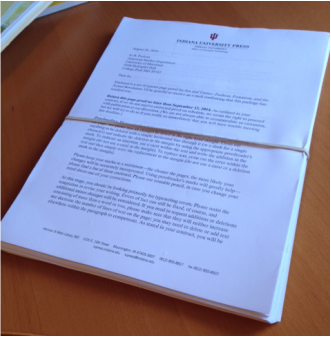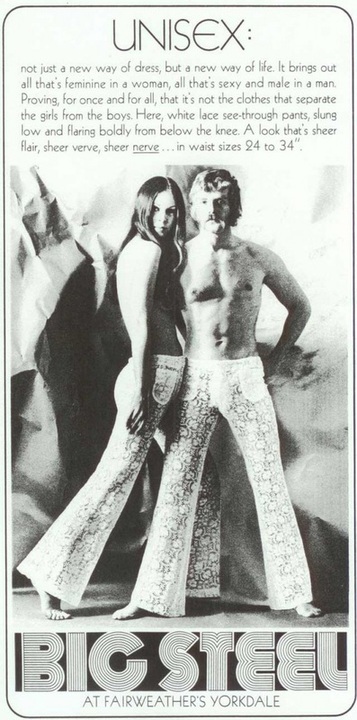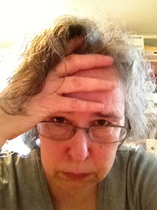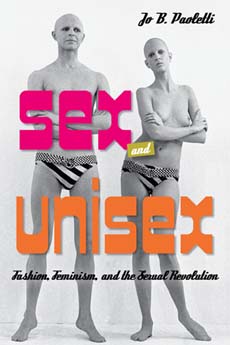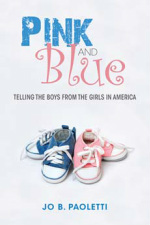Since the 1950s, it has become commonplace to define sex as biological and gender as culture. According to one medical dictionary,
Sex is "The biologic character or quality that distinguishes male and female from one another as expressed by analysis of the person's gonadal, morphologic (internal and external), chromosomal, and hormonal characteristics."
Gender is "The category to which an individual is assigned by self or others, on the basis of sex."
As some feminist biologists have argued, the way in which we assign sex, whether at birth or after examining a grainy sonogram image, is itself cultural. Ignoring chromosomes, hormones, and internal anatomy, we assign sex based on external genitalia. We then surround babies with gendered sights, sounds, and interactions that, we are now learning, influences brain development. Instead of nature and nurture as separate forces, biology and culture work together to create us first as male and female, and then as masculine and feminine. That is only part of the larger picture that includes other forces and experiences that we incorporate into our sense of self and belonging. These forces include not only sexism, but racism, classism, and -- most relevant to this paper -- ageism. What is the relationship between the categories we use for ourselves and our beliefs about those categories?
In Between the World and Me, Ta-Nehisi Coates argues that race is the child of racism — that the way we define and categorize race comes from a racism -- a deep belief in the innate superiority a dominant group. This not only resonates with me in terms of race, but so many other categories of difference. It could follow that class is the child of classism, gender is the child of sexism, and age is the child of ageism. The way we define and delineate age categories stem from cultural beliefs about the life course, that, like the beliefs about gender and race, are not so much biological truths as the result of our selective assumptions and expectations about biological events. Yes, we as humans experience birth, puberty, menopause, and death, but the way we envision our lives’ progress or decline through these events is shaped by culture. What is the “right”age for a boy to wear a dress -- “up to age four” or “only when he is christened”? This same principle applies to notions of what constitutes “age appropriate” clothing for girls and women across the lifespan, and it is the focus of my next book.
Learning to be female is not a weekend workshop or even a four-year-degree program. It is a lifelong process of education in the truest sense — being led into each life stage along a cultural path shaped by beliefs about aging and gender. We continually measure ourselves against mass -mediated images of female and standards of femininity.
